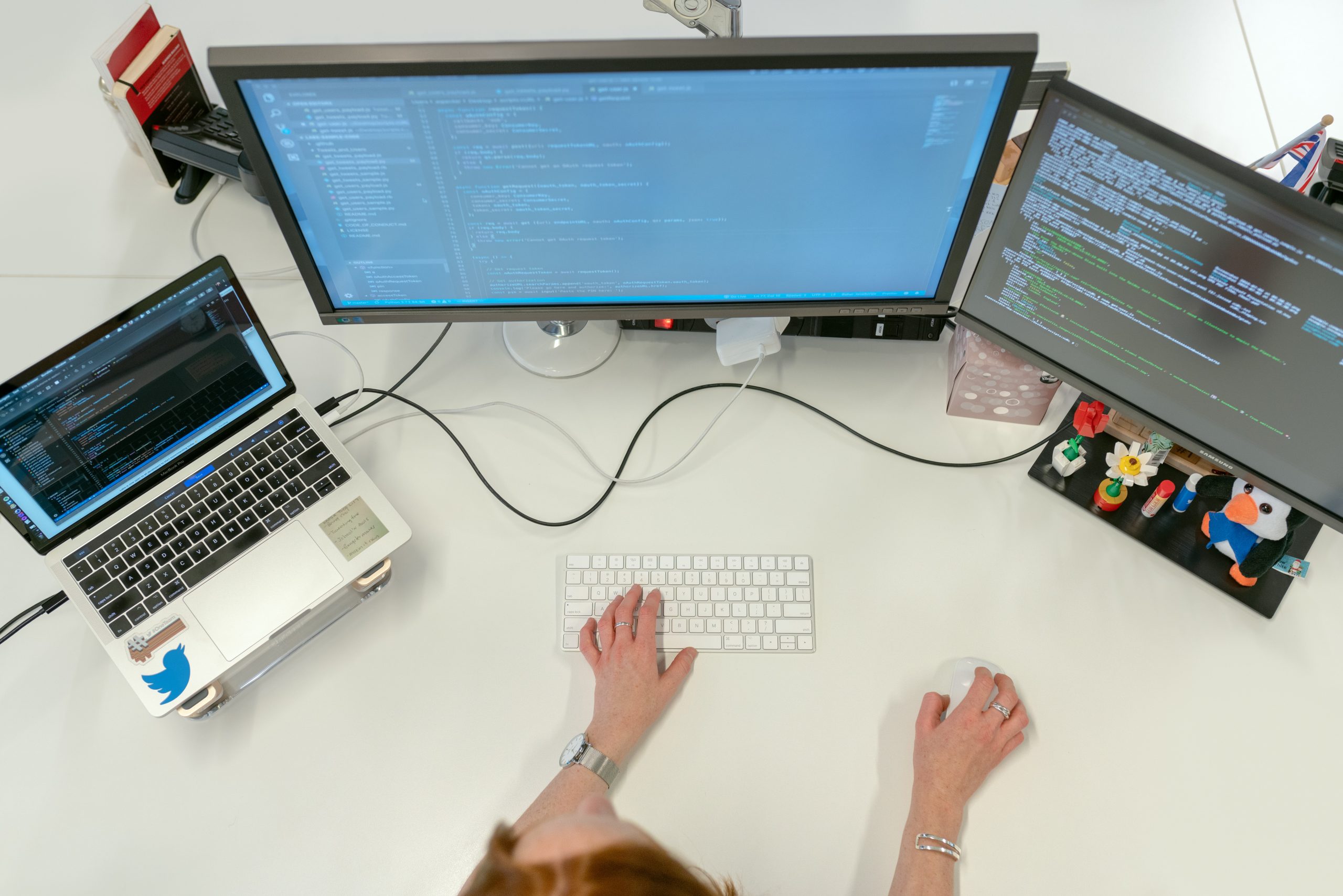How to develop SaaS product: The SaaS (Software as a Service) application sector is a challenging market to penetrate. We take a look at six effective ways to develop a successful SaaS product, the costs of developing such an application, and the obstacles to consider.
In the past, in this series, we have discussed the benefits of SaaS products, as well as the most important aspects of building an effective SaaS product. Understanding the market, its changes, and the requirements of the client company can be an excellent starting point for creating an effective application. Let’s take a look at the six steps you need to follow to create an effective, functional SaaS product that’s ready for success.
6 steps to Developing an Efficient and Functional SaaS Product
1. Understanding the objectives
The initial step in developing SaaS software is clearly defining the project objectives. This stage is crucial as it forms the foundation for the entire development process. To achieve this, it is essential to ask the right questions from the beginning. What problem is the SaaS software attempting to solve? Who is the software’s target audience? These questions require careful consideration and a meticulous analysis of the target market. Having a clear understanding of the objectives is crucial in defining the project’s scope and guiding strategic decisions throughout the development process.
After defining the objectives, conduct thorough research to refine the project vision and identify market needs. This research phase includes analyzing the competition and studying market trends and demands. Gathering accurate and relevant data is essential for making strategic decisions during development. By fully understanding the market’s needs and expectations, it is possible to design software that effectively meets users’ needs and stands out from the competition. Clear objectives and relevant research are the foundations of successful SaaS software development.
2. Hire experienced developers
The next important step in the SaaS software development process is to assemble a skilled and competent development team. The selection of team members is crucial as they will be responsible for turning the project vision into reality. It is essential to seek out experienced developers who specialize in SaaS. These professionals should have demonstrated expertise in designing and developing SaaS software, as well as a deep understanding of the specific challenges associated with this model. It is essential to ensure the quality and security of the final product, as effective SaaS software must provide a smooth and secure user experience.
When selecting a development team, it is important to consider several factors, such as the team members’ previous experience, technical skills, ability to work collaboratively, and understanding of the project’s specific needs. It is also recommended to prioritize multi-disciplinary teams that include professionals with complementary skills, such as UX/UI design, back-end and front-end development, and IT security. By assembling a skilled and varied team, it is possible to develop top-notch SaaS software that satisfies the most demanding standards for performance, security, and user-friendliness.
3. Test the idea
Testing your idea with a Minimal Viable Product (MVP) is a crucial step before fully developing. It is important to strike a balance between formality and clarity when communicating technical terms. Creating an MVP allows you to quickly implement key features and obtain valuable user feedback to validate your concept and identify strengths and weaknesses. This feedback helps guide further development.
Using an MVP reduces risk by investing less time and money in a full version of the product. However, this may not meet user expectations. Collecting feedback early in the development process allows you to adjust your strategy and improve your product, increasing its chances of success on the market. In short, the MVP is a crucial tool for validating your idea, reducing risks, and optimizing project development.
4. Design an intuitive user interface
To guarantee an optimal user experience, a user-friendly interface is crucial. It enables users to navigate the software with ease, find necessary functions quickly, and interact intuitively. By collaborating with experienced designers, you can create an attractive and ergonomic interface that meets users’ needs. A user-friendly interface enhances user satisfaction, reduces errors and frustrations, and improves software efficiency.
Collaborating with designers to develop an intuitive interface enhances the image of your software and distinguishes it from competitors. A well-designed interface captures users’ attention, reinforces confidence in your product, and promotes its adoption. By investing in a user-friendly interface, you demonstrate your commitment to user satisfaction and improve the quality of their experience. A well-designed interface is a valuable asset in shaping users’ perception and appreciation of your product.
5. Develop and iterate
Once the design phase of your SaaS software is complete, move on to the development phase. This will enable you to turn your ideas into reality. Adopt an iterative approach by launching progressive versions and gathering feedback from users at each stage. This feedback assists in identifying areas for improvement and responding to customers’ needs, ensuring the success of your product in the marketplace.
By following this iterative approach, you can gradually refine your SaaS software, testing new features, fixing bugs, and meeting user expectations. This method optimizes your product’s quality and sets it apart from the competition. Regularly gathering feedback from users ensures customer satisfaction, guaranteeing the long-term success of your SaaS software.
6. Marketing and analysis
Finally, once you have completed the development of your product, prepare to launch it in the market. Implement effective marketing strategies to attract potential customers, using various channels such as social media, online advertising, and public relations. Monitor the performance of your software closely once it is on the market, analyzing the data to identify strengths, weaknesses, opportunities for improvement, and growth.
Listen to their comments and take their suggestions on board. Continuously improve your product to meet changing market expectations. Use data to identify emerging trends and offer innovative features. To ensure the long-term success of your product in the marketplace, remain flexible and responsive to customer feedback. Establish an effective feedback loop.
Summary
Developing SaaS software can be complex, but with a skilled team and a few key steps, success is achievable. Ensure your product meets market needs. For more information and expert advice, please contact us at Altcode.




